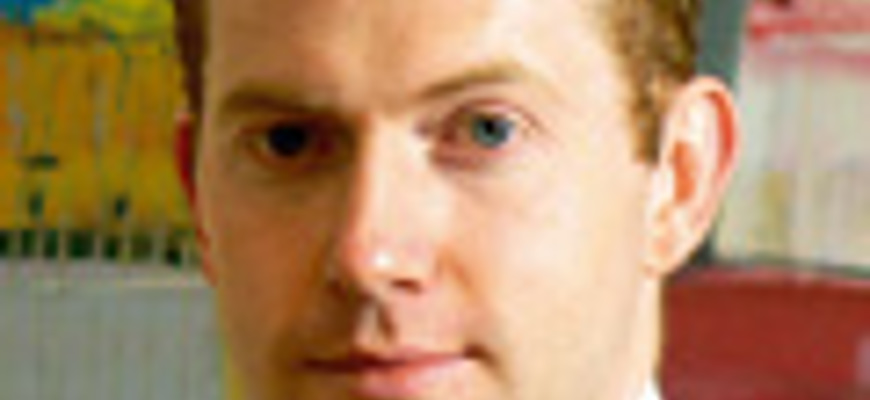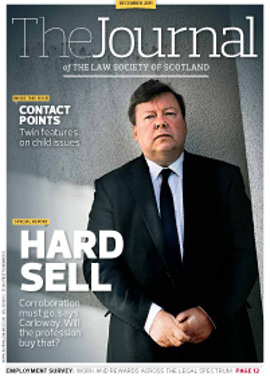Common sense to the fore

The principle is well recognised that those who take part in competitive sport owe a duty of care to other participants, and may be liable in negligence for conduct falling below the standards of care reasonably to be expected of those taking part in the game (see, e.g. Condon v Basi [1985] 2 All ER 453). It is also recognised that the burden of proof on the pursuer is in some cases difficult to discharge, particularly where there is no video footage (see, e.g. Sharpe v Highlands and Islands Fire Board 2005 SLT 855). And it is well established that not every mistake or breach of the rules will lead to liability in negligence (see, e.g. Pitcher v Huddersfield Town FC [2001] WL 75339). The decision of Lord Brailsford in Phee v Gordon [2011] CSOH 181 serves as a useful reminder to those involved in sport.
The pursuer in Phee was an inexperienced golfer and first-time user of the course at Niddry Castle Golf Club, West Lothian. Mr Phee was unfortunately struck in the eye by a golf ball driven by the first defender, Mr Gordon, resulting in serious optical damage. The injury was sustained as Mr Phee walked on a path between the sixth green and the seventh tee. The path was situated at the edge of the 18th fairway, onto which Mr Gordon had been attempting to drive his ball when he experienced a “duck hook”.
There were some discrepancies in the evidence regarding the warning shouts given by the party on the 18th tee, and the evasive action taken by the pursuer. It was common ground at the proof, however, that there were no warning signs on the path or on the 18th tee to alert players to the risk of wayward shots.
Proactive duty
The first defender’s position was that the pursuer was himself wholly at fault for the accident, or had contributed to it, through failing to take heed of the shout of “fore”. Having heard evidence from the playing parties and expert witnesses, Lord Brailsford found the exercise of reasonable care should have informed Mr Gordon that there was a foreseeable risk that his shot might be bad and might stray towards the pursuer. Lord Brailsford held that the first defender owed the pursuer a duty of care and should have been aware of the risk his tee shot posed to a person in the position of the pursuer at that time. He therefore found Mr Gordon 70% liable for the injury caused to the pursuer.
The case against the second defenders, the members of the club, related to their failure to take reasonable care in terms of s 2(1) of the Occupiers’ Liability (Scotland) Act 1960. Although it was accepted that the club had not conducted a formal risk assessment for the course, evidence was led to the effect that risk was considered at committee level, but that there had been no reporting of accidents in the area in question, and therefore no reason to take any action. Lord Brailsford considered that this approach was unduly restrictive and that by failing to take a more proactive approach, the club was failing in its duties to persons coming on to the course. Finding that the failure to provide signs warning of danger at the 18th tee, or at the path between the sixth green and seventh tee, was a failure of duty by the defenders, the Lord Ordinary held the club 30% liable for the pursuer’s injury.
Useful pointers
Although it is dangerous to seek to draw much from cases that turn so much on their facts – for example, in Lewis v Buckpool Golf Club 1993 SLT (Sh Ct) 43 the allegations of breach of duty against the golf club under s 2(1) of the Occupiers’ Liability Scotland Act 1960 were not proven – some general points may be made.
First, in some sports the evidential burden may be easier to discharge. In this case, it was possible through expert evidence to recreate the circumstances with sufficient certainty to make factual findings, whereas in fast moving contact sports, pursuers may struggle unless an expert happens to be an eyewitness.
Secondly, Lord Brailsford found that, even if the pursuer had failed to take evasive action, that would not constitute contributory negligent behaviour.
Finally, as ever, the absence of a properly conducted, recorded and implemented risk assessment will leave those involved in running sports exposed to potentially significant risk.
In this issue
- Involving the named person
- Private investigators - mitigating the risks
- Human inventions
- Smoother passage
- Rough law of the street
- Council profile
- Opinion
- Book reviews
- President's column
- Mapping in the Land Register
- Alien concept
- Size does matter
- Case proved?
- Reading for pleasure
- Relocation revisited
- Where Parliament fears to tread...
- Cadder's growing family
- Landlord splits
- Five-year-old experts
- Common sense to the fore
- Beware: earn-outs
- Steering with one hand
- Scottish Solicitors' Discipline Tribunal
- Missives in motion
- Constitution on track
- From the Brussels office
- Law reform update
- Ask Ash
- Outside the box






